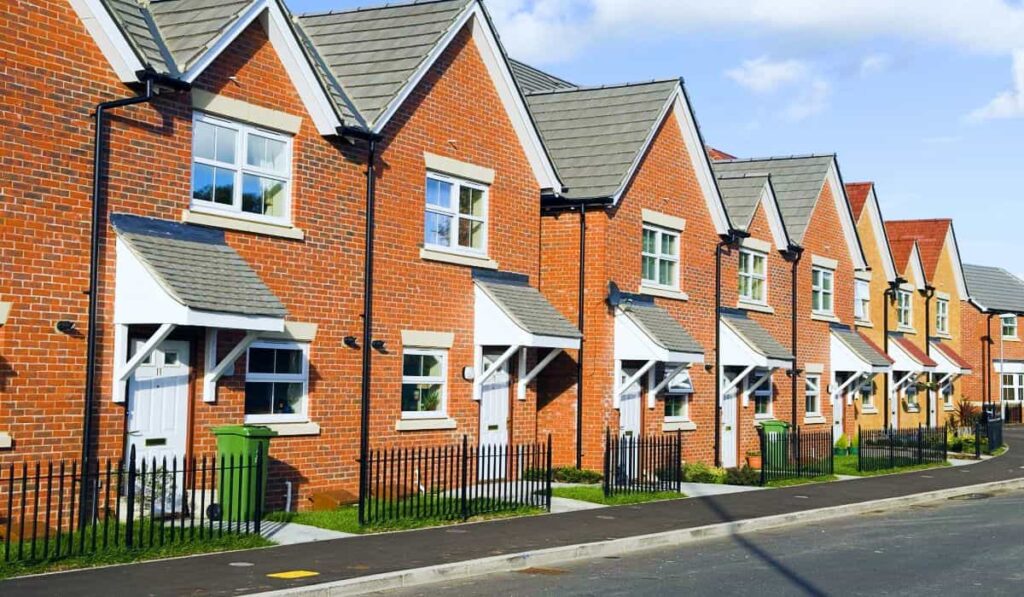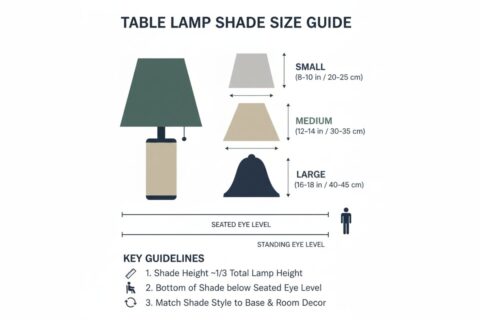- At least 2 metres from the boundary if over 3 metres high.
- Follow the 45-degree rule to avoid blocking natural light.
- Right to Light applies if the window has received light for 20+ years.
- Notify neighbours under the Party Wall Act if building within 3 metres of their foundation.
- Planning permission is required if privacy, light, or noise is affected.
- Consult neighbours early to prevent disputes.
When planning a new construction project or an extension to your home, one crucial factor to consider is the proximity to your neighbour’s window. This is not just a matter of courtesy but also one of legality. Building too close can impact privacy, natural light, and property value. Local regulations and planning permissions significantly determine your proximity to a neighbour’s window.
Understanding these regulations is essential to avoid disputes and ensure compliance with the law. This blog will explore the factors influencing how close you can build to a neighbour’s window, including UK building regulations, planning permissions, and neighbourly considerations.
Legal Framework in the UK
Permitted Development Rights
Certain home extensions and constructions in the UK can be carried out under Permitted Development Rights (PDR). However, these rights do not grant unlimited freedom, especially when the new structure is close to a neighbour’s property.
Some key restrictions include:
- Extensions cannot extend beyond the rear wall of the original house by more than 4 metres for detached homes and 3 metres for other properties.
- Side extensions must not be more than half the width of the original house.
- The maximum height for a single-storey extension must not exceed 4 metres.
- If an extension is within 2 metres of a boundary, the maximum height should not exceed 3 metres.
You must apply for planning permission if your planned build exceeds these limits.
The 45-Degree Rule
One of the most commonly referenced planning principles is the 45-degree rule, which applies to extensions or new constructions that affect natural light entering a neighbour’s window. This rule ensures that the new structure does not significantly reduce daylight entering the neighbouring property.
- The rule applies to habitable rooms such as bedrooms, living rooms, and kitchens but not bathrooms, hallways, or utility rooms.
- If an imaginary line drawn at 45 degrees from the centre of a neighbour’s window is obstructed by your planned extension, the application may be refused.
The Right to Light
The Right to Light is a legal principle that protects homeowners from significant reductions in natural light due to neighbouring developments.
- A neighbour may have a right to light if they have enjoyed uninterrupted light through a window for at least 20 years.
- If your building significantly reduces this light, your neighbour may have grounds to seek an injunction or compensation.
Party Wall Act 1996
If your construction involves building on or near a shared boundary, the Party Wall Act 1996 requires you to serve a party wall notice to your neighbour. This is particularly important for:
- Building a wall within 3 metres of a neighbour’s foundation.
- Constructing any new structure directly on the boundary line.
- Carrying out excavation work near a neighbour’s property.
Your neighbour can either consent to the work or dispute it, which could require a surveyor’s involvement to resolve the matter.
Planning Permission and Considerations
You will need planning permission if your project does not fall under Permitted Development. Here are the key factors that local authorities will consider:
Overlooking and Privacy
Building too close to a neighbour’s window may reduce privacy for both parties. Planners assess whether the new structure could create an overlooking issue and may require solutions such as:
- Obscure glazing for windows facing the neighbour.
- Planting hedges or installing fences to provide screening.
- Adjusting the height and position of the new structure.
Impact on Natural Light
A major concern is whether the new construction will block natural light to a neighbour’s habitable room.
- If the structure reduces daylight significantly, planning permission is unlikely to be granted.
- The Building Research Establishment (BRE) daylight and sunlight tests are often used to assess the impact.
Noise and Disturbance
Construction projects can cause noise and disruption, especially when built close to a neighbour’s property. Authorities consider:
- Potential increased noise from new rooms (e.g., a bedroom or kitchen close to a neighbour’s window).
- How the structure might amplify sound within shared spaces.
Practical Considerations for Homeowners
Consulting with Your Neighbours
Even if your planned development follows regulations, consulting with your neighbours before starting work is always best. This can help prevent disputes and allow any concerns to be addressed early.
Alternative Design Solutions
If planning restrictions make it difficult to build close to a neighbour’s window, consider alternative solutions:
- Angled extensions that do not block direct light.
- Roof lights or skylights instead of side windows.
- Retractable structures that provide flexibility without permanent obstructions.
Legal Advice
If you are uncertain about your building rights, it may be wise to consult a solicitor or planning consultant. They can help you navigate the legal framework and ensure your plans comply with all regulations.
Conclusion
Understanding how close you can build to a neighbour’s window is essential to ensure a smooth construction process and maintain good relations with those living nearby. UK laws and regulations such as Permitted Development Rights, the 45-degree rule, the Right to Light, and the Party Wall Act all influence where and how you can build.
If your project does not fall under Permitted Development, you will likely need planning permission. Key considerations include privacy, natural light, and noise impacts. To avoid potential disputes, it is highly recommended that you consult with neighbours and seek professional advice.
Following these guidelines ensures that your building project is compliant, practical, and considerate of those around you.
Read More Blogs At: The Home Designer
Frequently Asked Questions
Do I need my neighbour’s permission to build near their window?
If your construction falls under the Party Wall Act 1996 or planning regulations, you may need to notify them and seek consent.
How can I prevent disputes with my neighbour over building close to their window?
Consult with them early, follow legal requirements, and consider design alternatives to reduce the impact on light and privacy.
What happens if I block my neighbour’s light?
If your build significantly reduces their light, they could file a legal complaint under the Right to Light, potentially leading to an injunction or compensation claim.
Do I always need planning permission for an extension near a neighbour’s window?
Not necessarily. If your extension follows Permitted Development Rights, you may not need permission. However, consent may be required if it affects a neighbour’s property.





